
Each was instrumental in advancing Radiology. Some became martyrs to its power.
|
Each was instrumental in advancing Radiology. Some became martyrs to its power. |
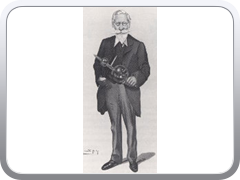 William Crookes advanced the development of a highly evacuated glass tube which produced cathode rays, although their true properties were not recognized until Roentgen's discovery.
William Crookes advanced the development of a highly evacuated glass tube which produced cathode rays, although their true properties were not recognized until Roentgen's discovery.
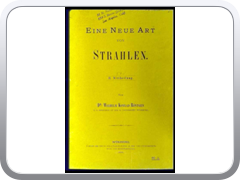 On December 28, 1895 Roentgen gave his preliminary report Uber eine neue Art von Strahlen (On A New Kind of Rays) to the president of the Wurzburg Physical-Medical Society, accompanied by experimental radiographs and by the image of his wife's hand.
On December 28, 1895 Roentgen gave his preliminary report Uber eine neue Art von Strahlen (On A New Kind of Rays) to the president of the Wurzburg Physical-Medical Society, accompanied by experimental radiographs and by the image of his wife's hand.
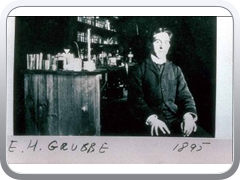 On January 12, 1896, only a few days after the announcement of Roentgen's work, Emil Grubbe, a Chicago electrotherapist, irradiated a woman with a recurrent cancer of the breast. He noted palliative effects, but failed to publish his results until much later. Grubbe experienced over one hundred surgeries and amputations resulting from his lifelong exposure to the rays.
On January 12, 1896, only a few days after the announcement of Roentgen's work, Emil Grubbe, a Chicago electrotherapist, irradiated a woman with a recurrent cancer of the breast. He noted palliative effects, but failed to publish his results until much later. Grubbe experienced over one hundred surgeries and amputations resulting from his lifelong exposure to the rays.
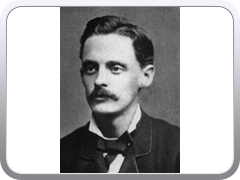 Late in 1896 Elihu Thomson, a prolific inventor and engineer, induced a dermatitis on his own finger, and concluded that the rays themselves had caused it. Most disregarded his warnings.
Late in 1896 Elihu Thomson, a prolific inventor and engineer, induced a dermatitis on his own finger, and concluded that the rays themselves had caused it. Most disregarded his warnings.
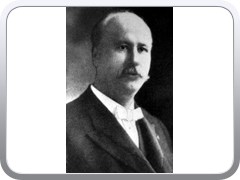 In May of 1897, Heber Robarts, MD, of St. Louis, launched the American X-Ray Journal, with a more eclectic approach to the field than its British counterpart. Originally, it was the official organ of the American Roentgen Ray Society.
In May of 1897, Heber Robarts, MD, of St. Louis, launched the American X-Ray Journal, with a more eclectic approach to the field than its British counterpart. Originally, it was the official organ of the American Roentgen Ray Society.
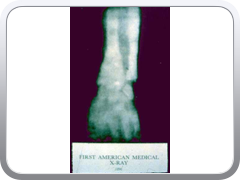 Dr. Edwin Frost (1866-1935) is credited with making the first diagnostic radiograph in the U.S. at Dartmouth on February 3, 1896.
Dr. Edwin Frost (1866-1935) is credited with making the first diagnostic radiograph in the U.S. at Dartmouth on February 3, 1896.
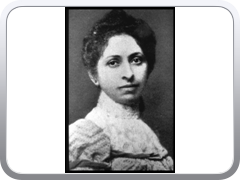 Elizabeth Fleischman Ascheim set up one of the first private X-ray offices in California. She became one of the most skilled radiographers at the San Francisco Presidio Army Hospital. Ascheim died in 1905 of radiation-induced neoplasm.
Elizabeth Fleischman Ascheim set up one of the first private X-ray offices in California. She became one of the most skilled radiographers at the San Francisco Presidio Army Hospital. Ascheim died in 1905 of radiation-induced neoplasm.
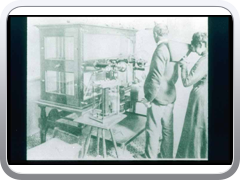 Elizabeth Fleischman fluoroscoping a patient in her X-ray laboratory.
Elizabeth Fleischman fluoroscoping a patient in her X-ray laboratory.
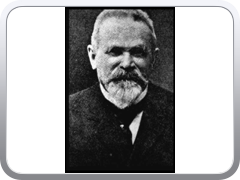 Antoine Beclere (1856-1939), father of French roentgenology, is credited with coining the term radiologie for the fledgling field.
Antoine Beclere (1856-1939), father of French roentgenology, is credited with coining the term radiologie for the fledgling field.
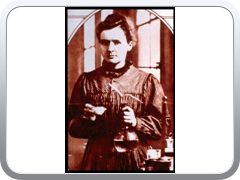 Marie Sklodowska Curie (1867-1934), with her husband Pierre, discovered radium in 1897. They received the Nobel Prize in 1903 and she received a 2nd Nobel Prize in Chemistry in 1911.
Marie Sklodowska Curie (1867-1934), with her husband Pierre, discovered radium in 1897. They received the Nobel Prize in 1903 and she received a 2nd Nobel Prize in Chemistry in 1911.
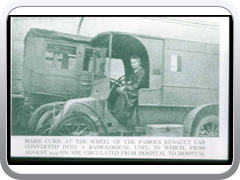 Madame Curie in her Radiological Renault, 1916. She established field x-ray stations for the French during World War I, and donated to the army some 20 X-ray equipped cars, called petite curies.
Madame Curie in her Radiological Renault, 1916. She established field x-ray stations for the French during World War I, and donated to the army some 20 X-ray equipped cars, called petite curies.
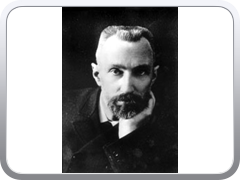 Pierre Curie (1859-1906), with his wife Marie, discovered radium in 1897. They received the Nobel Prize in 1903.
Pierre Curie (1859-1906), with his wife Marie, discovered radium in 1897. They received the Nobel Prize in 1903.
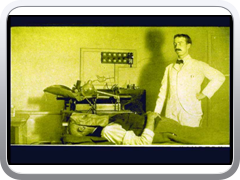 George Phaler with Charles Lester Leonard established radiology at Philadelphia General Hospital and became a leader in the development of the new medical specialty.
George Phaler with Charles Lester Leonard established radiology at Philadelphia General Hospital and became a leader in the development of the new medical specialty.
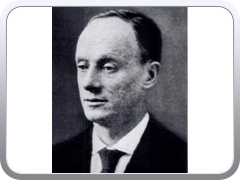 Walter Dodd (1869-1916) was a self-made man who went from laboratory janitor to an appointment as Roentgenologist at the Massachusetts General Hospital. He died from radiation-induced neoplasia in 1916.
Walter Dodd (1869-1916) was a self-made man who went from laboratory janitor to an appointment as Roentgenologist at the Massachusetts General Hospital. He died from radiation-induced neoplasia in 1916.
 Walter Cannon, (1871-1945), American physiologist, who is credited with being amongst the first to mix salts of heavy metals (including barium sulfate) into foodstuffs in order to improve the contrast of X-ray images of the digestive tract. The barium meal is a modern derivative of this research.
Walter Cannon, (1871-1945), American physiologist, who is credited with being amongst the first to mix salts of heavy metals (including barium sulfate) into foodstuffs in order to improve the contrast of X-ray images of the digestive tract. The barium meal is a modern derivative of this research.
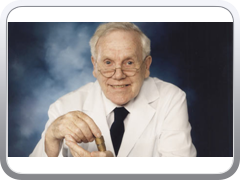 John Wild (1914-2009) was an English-born American physician who was part of the first group to use ultrasound for body imaging, most notably for diagnosing cancer. Modern ultrasonic diagnostic medical scans are descendants of the equipment Wild and his colleagues developed in the 1950s. He has been described as the father of medical ultrasound
John Wild (1914-2009) was an English-born American physician who was part of the first group to use ultrasound for body imaging, most notably for diagnosing cancer. Modern ultrasonic diagnostic medical scans are descendants of the equipment Wild and his colleagues developed in the 1950s. He has been described as the father of medical ultrasound
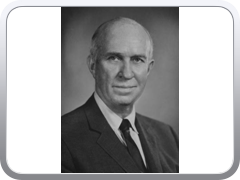 John Lawrence (1904-1991), was an American physicist and physician first to document treatment of a malignancy with an injectable radiopharmaceutical and considered by many to be the father of nuclear medicine.
John Lawrence (1904-1991), was an American physicist and physician first to document treatment of a malignancy with an injectable radiopharmaceutical and considered by many to be the father of nuclear medicine.
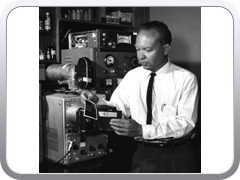 Hal Anger (1920-2005), the inventor of the first successful radioisotope camera during the 1950s.
Hal Anger (1920-2005), the inventor of the first successful radioisotope camera during the 1950s.
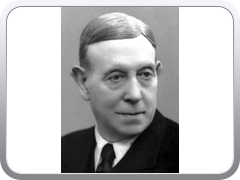 Egas Moniz, (1874-1955), was a Portuguese neurologist and the developer of cerebral angiography. He won the Nobel Prize for Medicine or Physiology in 1949.
Egas Moniz, (1874-1955), was a Portuguese neurologist and the developer of cerebral angiography. He won the Nobel Prize for Medicine or Physiology in 1949.
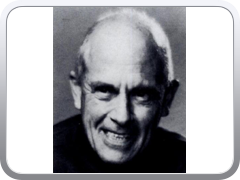 Charles Dotter (1920-1985), considered the father of modern angiography first described the percutaneous technique in 1967.
Charles Dotter (1920-1985), considered the father of modern angiography first described the percutaneous technique in 1967.
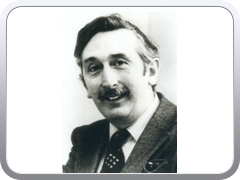 Sir Godfrey Hounsfield (1919-2004) was an English electrical engineer who shared the 1979 Nobel Prize for Physiology or Medicine with Allan McLeod Cormack for his part in developing X-ray computed tomography (CT).
Sir Godfrey Hounsfield (1919-2004) was an English electrical engineer who shared the 1979 Nobel Prize for Physiology or Medicine with Allan McLeod Cormack for his part in developing X-ray computed tomography (CT).
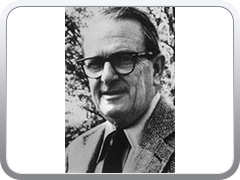 Allan Cormack (1924-1998), South African-born American Physicist who shared the 1979 Nobel Prize for Physiology or Medicine with Sir Godfrey Hounsfield for their work on the invention of the CT scanner.
Allan Cormack (1924-1998), South African-born American Physicist who shared the 1979 Nobel Prize for Physiology or Medicine with Sir Godfrey Hounsfield for their work on the invention of the CT scanner.
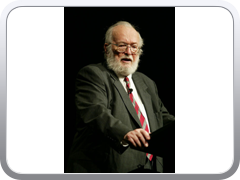 Paul Christian Lauterbur (1929-2007) was an American chemist who shared the Nobel Prize in Physiology or Medicine in 2003 with Peter Mansfield for his work which made the development of magnetic resonance imaging (MRI) possible.Lightbox Alternative by VisualLightBox.com v3.0
Paul Christian Lauterbur (1929-2007) was an American chemist who shared the Nobel Prize in Physiology or Medicine in 2003 with Peter Mansfield for his work which made the development of magnetic resonance imaging (MRI) possible.Lightbox Alternative by VisualLightBox.com v3.0
The Museum of Modern Imaging™ is a virtual museum produced by LearningRadiology.com © |
All photos retain their original copyrights. Much of the material comes directly from the Radiology Centennial, Inc project marking the100th anniversary of the discovery of x-rays in 1995. |
Return to the Floor Plan by clicking on the "Museum of Modern Imaging" title on any page |
All Rights Reserved © |